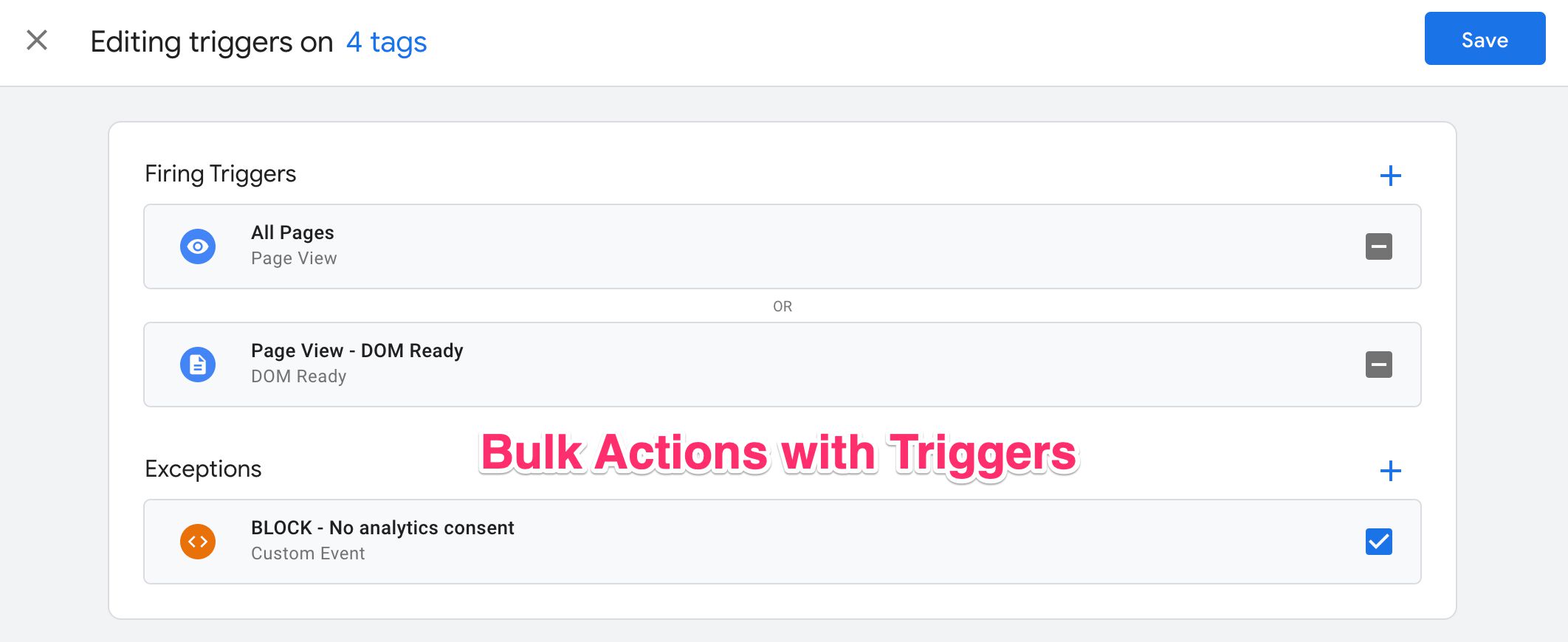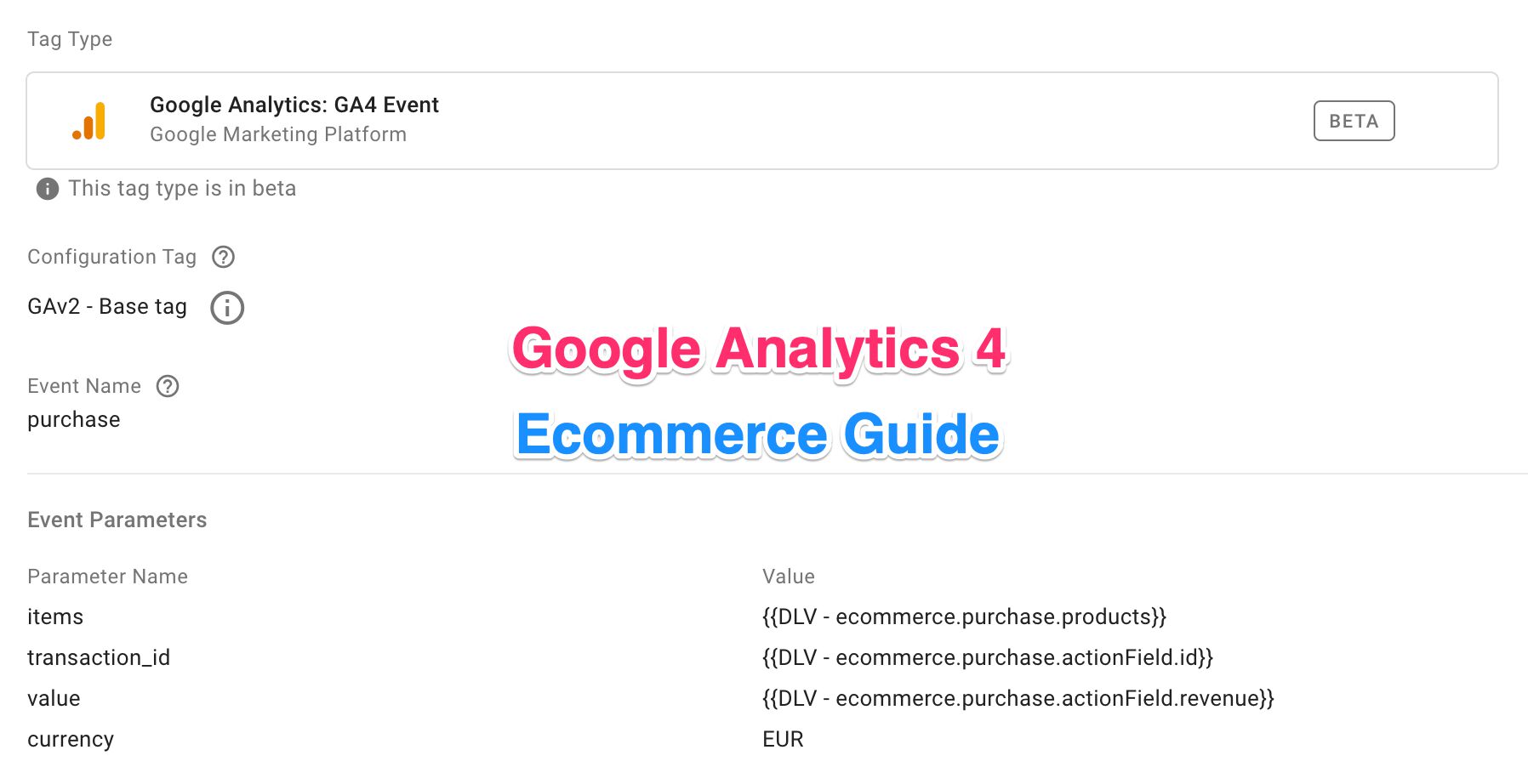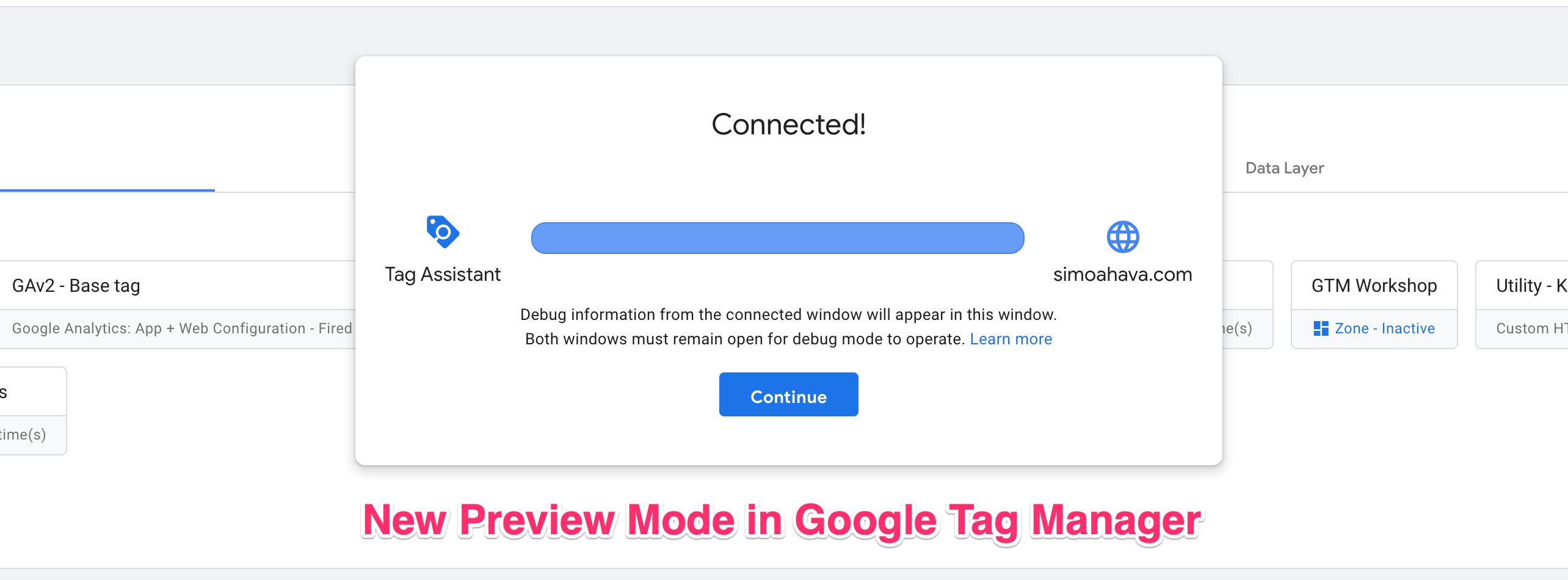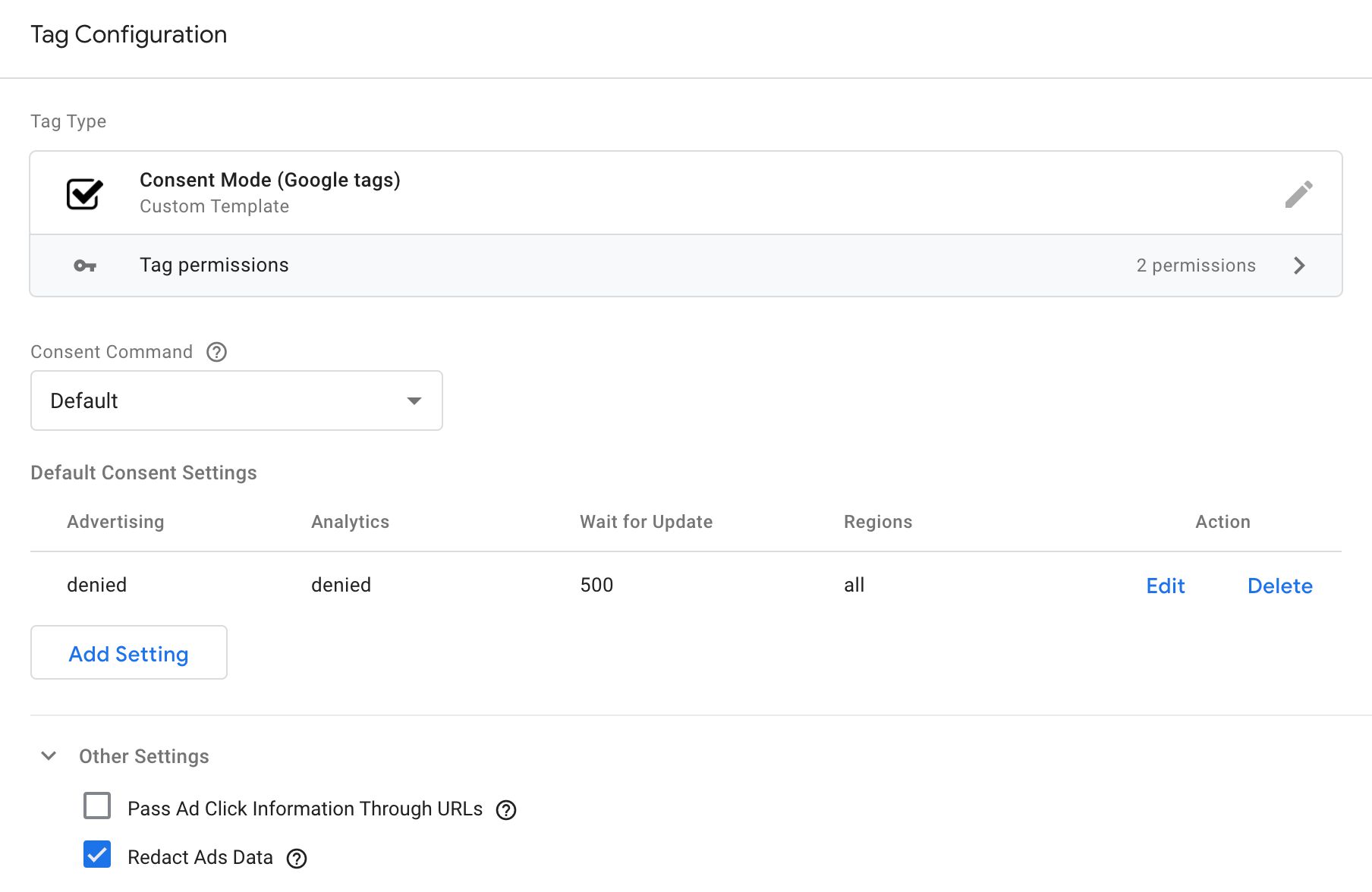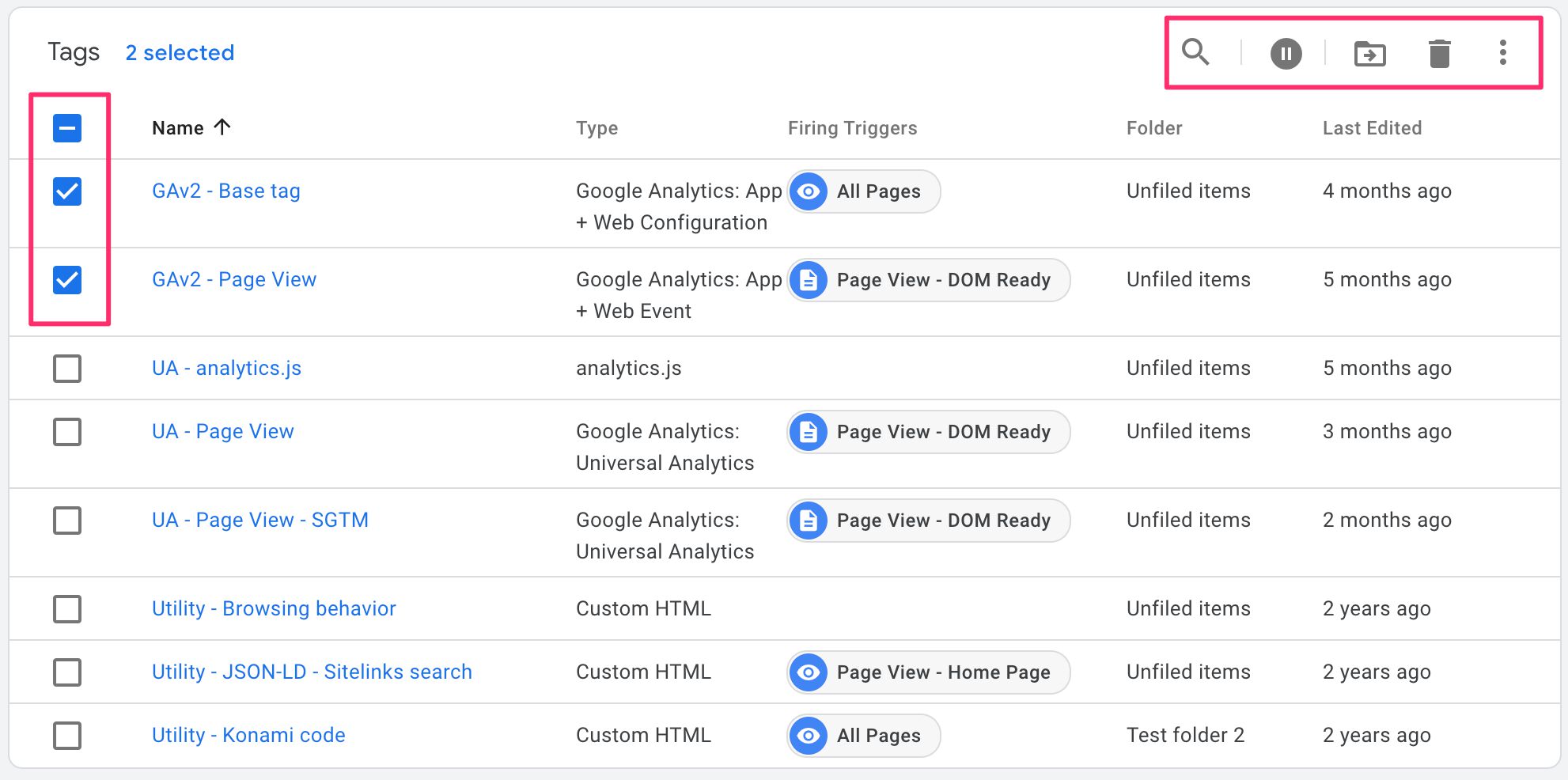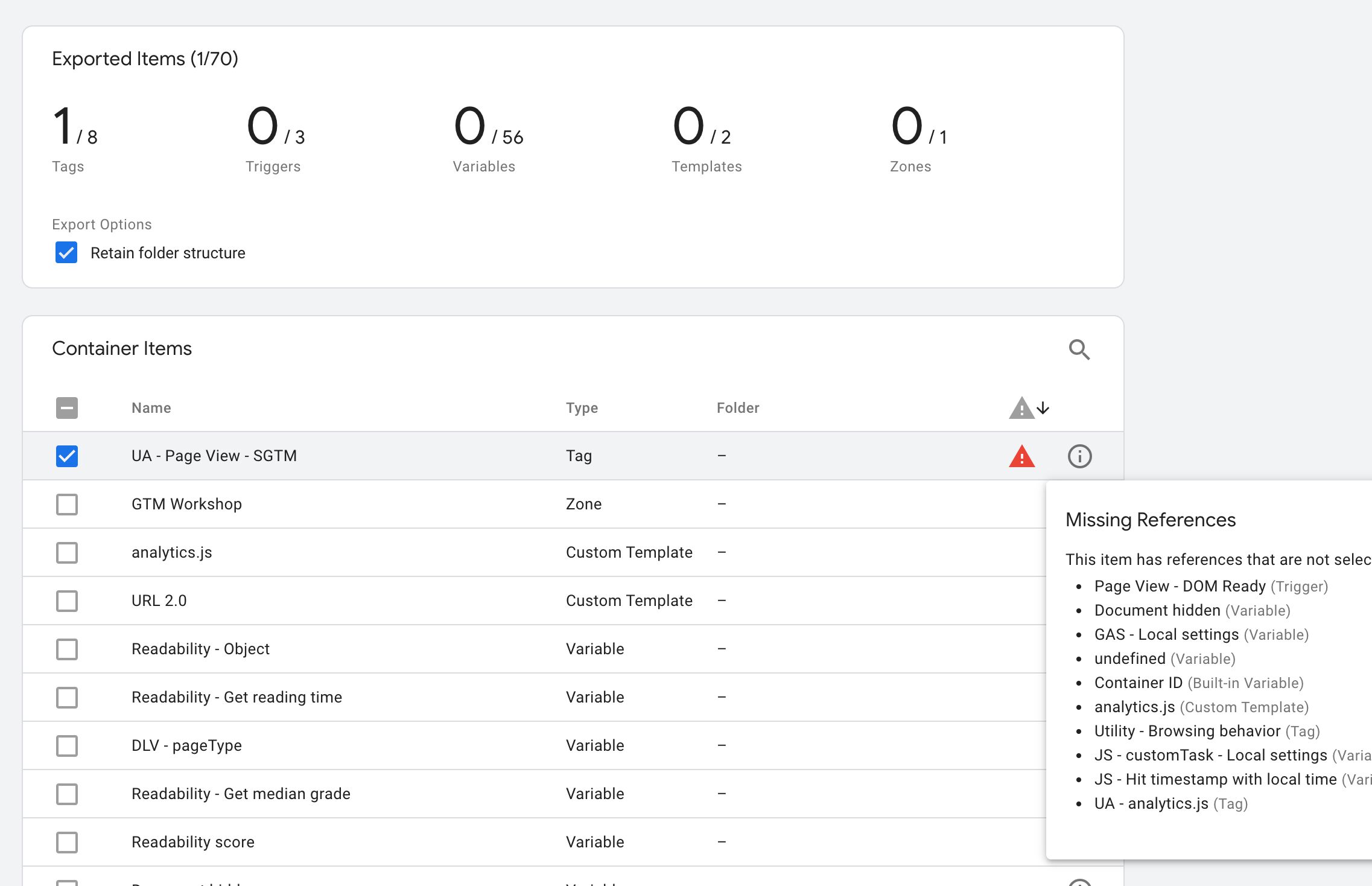The release of bulk actions in the Google Tag Manager user interface was very welcome. For years, GTM users had been struggling with a somewhat crippled workflow of item-by-item management.
This release is even more impressive with the most recent update to it: bulk actions with TRIGGERS.
You can now select multiple tags and attach one or more triggers (or exceptions) to them. Or, conversely, you can use the feature to remove triggers (or exceptions) from tags.
